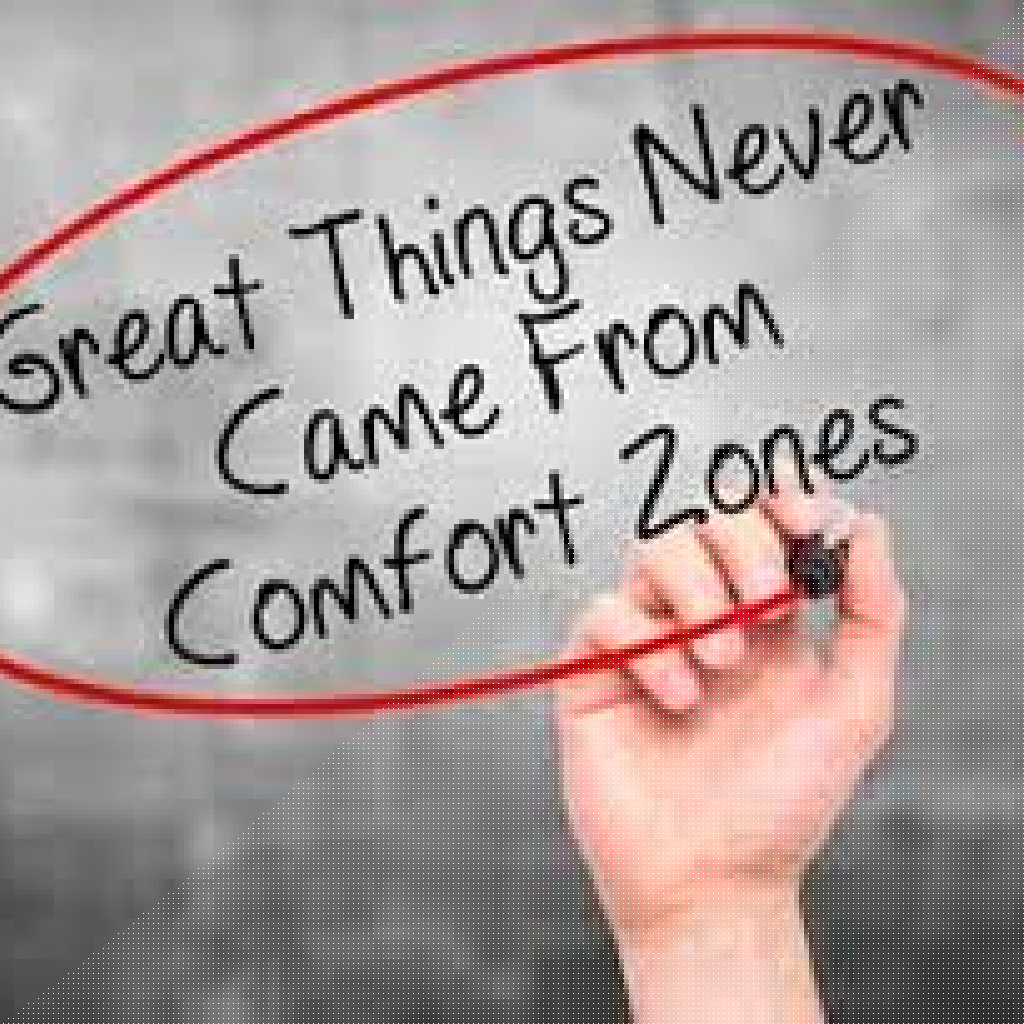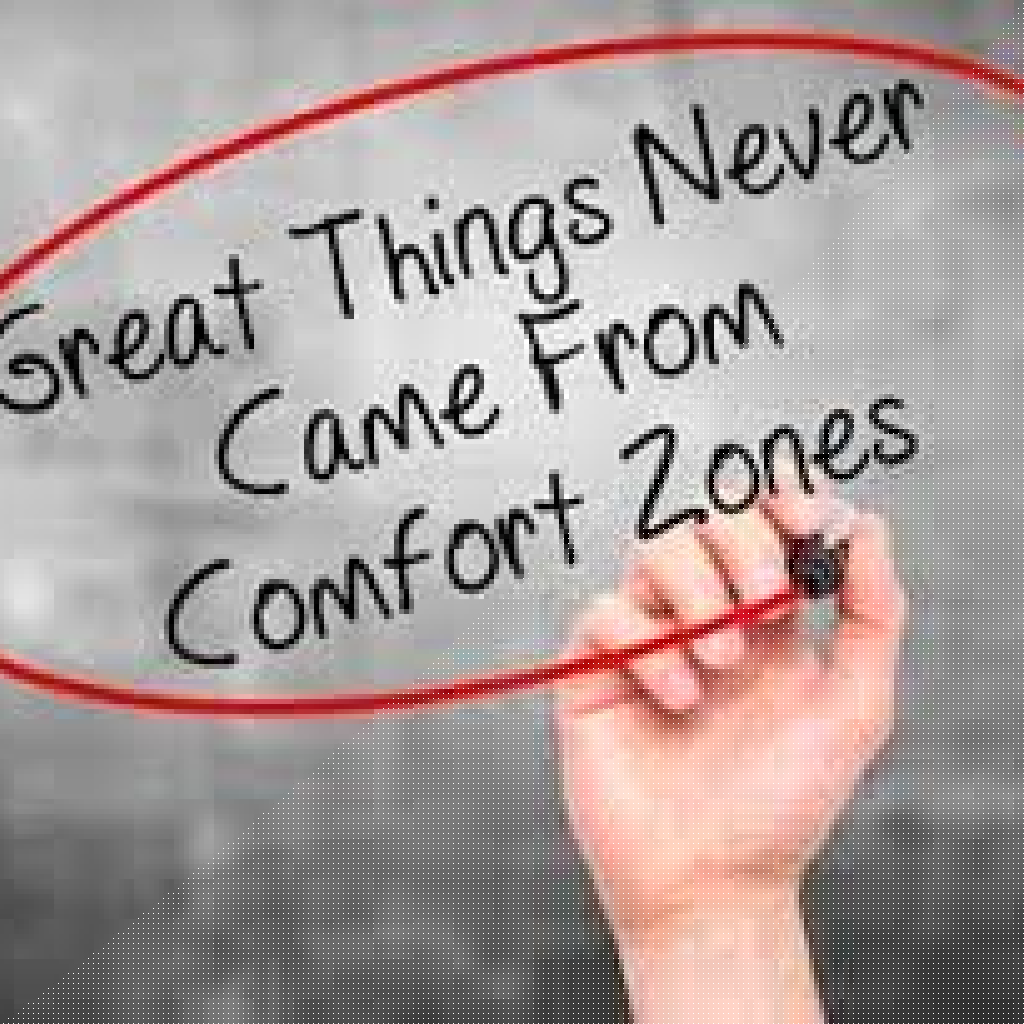Key Takeaways:
- Effective management practices can significantly enhance employee performance and foster a collaborative environment.
- Building strong workplace relationships and transparent communication are key to driving team success.
In today’s fast-paced and ever-evolving business landscape, the importance of effective management styles cannot be overstated. As organizations strive to achieve high performance and adapt to changing market conditions, managers must be equipped with the right strategies to guide their teams effectively. This article delves into various management styles, their impacts on performance, and offers practical tips for managers to enhance their effectiveness while fostering a positive workplace culture.
Understanding Management Styles
Management styles refer to the approaches that managers use to interact with their team members and guide the organization towards its goals. Each style has its own strengths and weaknesses, and the effectiveness of a specific style often depends on the context, the team composition, and the organizational culture.
-
Autocratic Management Style
An autocratic approach is characterized by a leader who makes decisions unilaterally and expects team members to follow directives without input. This style can be effective in situations requiring quick decisions or in high-pressure environments, but it can stifle creativity and demotivate employees over time. -
Democratic Management Style
In contrast, a democratic management style promotes inclusivity and input from team members. Managers who embrace this approach encourage collaboration, ultimately leading to increased employee engagement and satisfaction. Democratic styles work well when team synergy is essential for success and help in building relationships that foster trust and commitment. -
Transformational Leadership
Transformational leaders inspire their teams to exceed expectations by fostering a shared vision. By motivating team members to grow personally and professionally, this leadership style not only improves performance but also cultivates an empowered workforce. For instance, consider a manager who sets ambitious goals while providing mentorship and support—this can result in remarkable improvements in team productivity and morale.
How Do Different Management Styles Impact Team Performance?
The relationship between management styles and performance is complex, and different styles can yield varying results depending on the situation and team dynamics. A key question arises: how can managers choose the most effective style for their teams?
To assess this, managers should consider the following:
- Team Composition: Diverse teams with varied skills may respond better to a participative style, while more homogeneous groups might thrive under an authoritative approach.
- Organizational Culture: Organizations with a culture of collaboration might find democratic styles more beneficial, while those in crisis may require autocratic solutions to stabilize operations.
- Task Complexity: Complex tasks that demand creativity and innovation benefit from a transformational leadership style, while routine tasks can often be managed more effectively with transactional approaches.
Practical Strategies for Managers
To enhance their effectiveness and drive performance, managers can adopt the following strategies:
- Foster Open Communication: Regular feedback sessions and open-door policies contribute to a culture of transparency and trust. Encouraging team members to voice their opinions and concerns enhances engagement and fosters workplace relationships.
- Embrace Flexibility: Adaptability is key in modern management. Being open to adjusting your management style based on team needs or situational demands not only improves team dynamics but also promotes a sense of inclusiveness.
- Invest in Employee Development: Providing opportunities for professional growth through training and mentorship helps to motivate employees and improve their skill sets. For instance, offering leadership development workshops ensures that team members are prepared for future challenges.
- Recognize and Reward Efforts: Acknowledging employee contributions boosts morale and motivates teams. Implementing a recognition program can lead to increased productivity and higher job satisfaction.
- Assess and Reflect on Performance: Regularly reviewing both team and individual performance allows managers to identify areas for improvement and development. Establishing clear performance metrics can also help align the team’s goals with organizational objectives.
What Are the Key Benefits of Effective Management Styles?
Understanding how management styles affect team performance leads to several significant benefits:
- Increased Employee Engagement: When employees feel valued and included in decision-making, they are more engaged and committed to their roles.
- Improved Team Collaboration: Effective management styles enhance interpersonal relationships among team members, leading to better teamwork and problem-solving.
- Higher Productivity: When a manager applies the right style for the situation, it results in improved efficiency and overall productivity levels.
Conclusion
Effective management styles play a critical role in shaping an organization’s culture and driving performance. Managers equipped with the knowledge and skills to adapt their approaches can foster a collaborative environment, increase employee satisfaction, and ultimately achieve greater success. As the business landscape continues to evolve, the managers who prioritize understanding and implementing effective management styles will stand out in their ability to lead high-performing teams.













